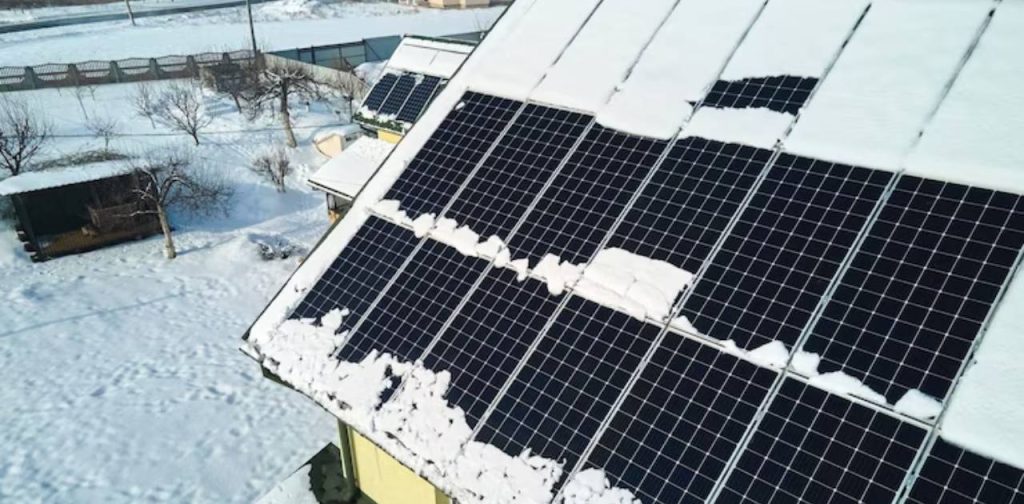Solar panels are the most cost-effective and efficient source of renewable energy. However, their performance can be influenced by various environmental factors, including snow on solar panels. This article will explore the effect of snow on solar panels and provide insights into managing this challenge.
Snow Accumulation on Panels In regions that experience heavy snowfall, panels can get covered with snow, blocking sunlight from reaching the photovoltaic cells. This can significantly reduce or even halt energy production, emphasizing the importance of dealing with snow on solar panels.
Effects of Snow on Solar Panel Performance The efficiency of solar panels depends on the amount of sunlight they receive i.e maximum exposure to the sunlight. When covered with snow, the panels’ ability to generate electricity is compromised. However, the impact varies depending on the thickness and duration of the snow cover.
Snow Reflection Interestingly, snow can sometimes benefit panels. Fresh snow can reflect sunlight, potentially increasing the amount of light that hits the panels, especially if they are installed at an angle. This phenomenon, known as the albedo effect, can slightly offset the negative impact of snow cover.
Panel Design and Installation The design and installation of solar panels can influence their performance in snowy conditions. Panels installed at an angle are more likely to shed snow, and some panels come with coatings that help prevent snow accumulation. Additionally, snow guards for panels can be installed to prevent large amounts of snow from sliding off and causing damage.
Snow Removal from Solar Panels While snow usually melts and slides off the panels eventually, sometimes it may be necessary to remove snow manually. However, this should be done carefully to avoid damaging the panels. In many cases, it’s best to hire professionals to do the job.
Conclusion
Snow can impact the performance of panels, but the effects can be managed with proper installation, occasional cleaning, and utilizing the reflective properties of snow. Despite the challenges, solar panels remain a viable source of energy in snowy regions, contributing to a sustainable and renewable energy future.





